Nine out of ten leading companies invest in AI.
While this proves the appeal of AI, in reality, only 35% of businesses use AI in their operations.
Why the big gap, then?
Companies have been relying on artificial intelligence (AI) for years now—mainly via pricey enterprise-level platforms for security, HR, accounting, and personalization (in ecommerce).
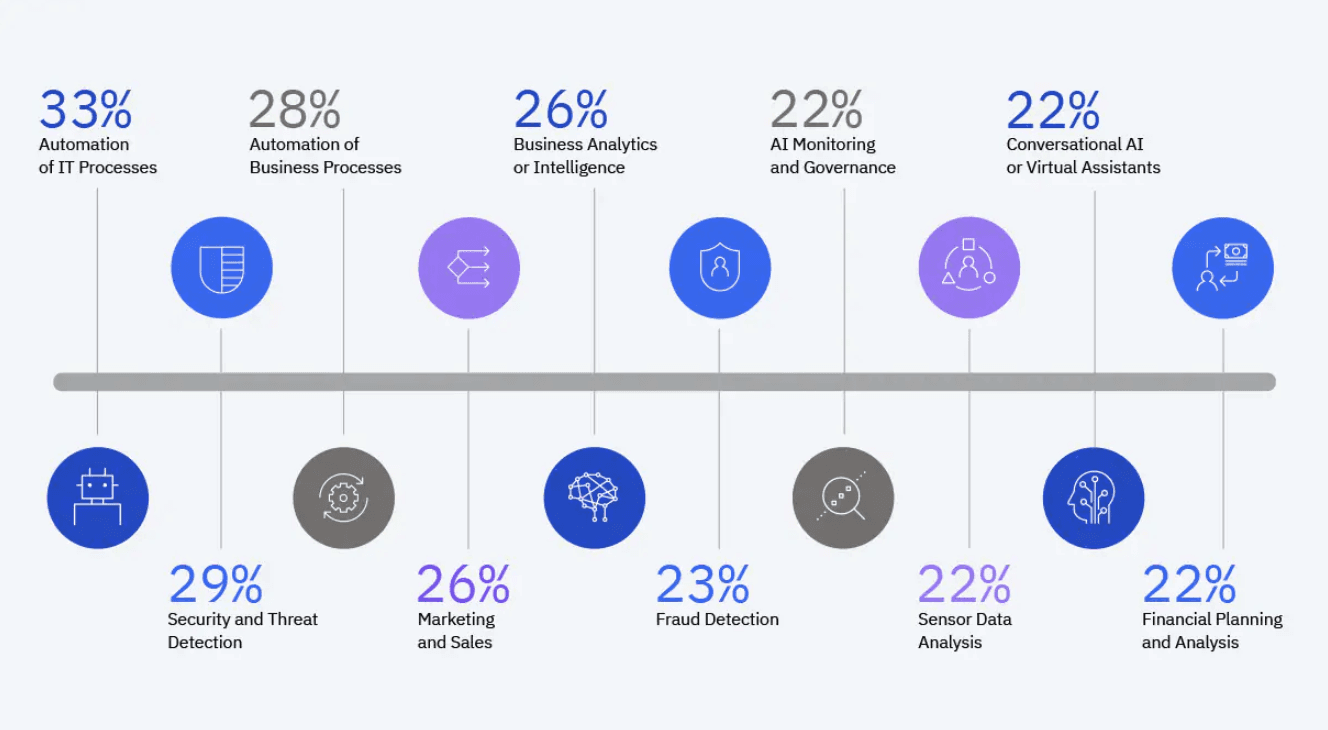
But it’s only in the last few years that AI has trickled down to mass (and free) solutions that SMBs leverage daily. Think content creation, SEO and image optimization, FAQ sections, landing page development, email automation, and video generation… all aimed at improving user experiences across the entire customer journey.
Ironically, what seems to be lagging behind in the AI boom is site speed.
Well, not anymore.
AI-enhanced speed optimization is officially on the market, and it’s time to explore your options. But first…
How does site speed impact user experience?
For online businesses today, a lot is at stake. Especially if your website takes over 3 seconds to load.
The ramifications of a 0.1s longer page load are seen across the entire buyer journey:
8.6% fewer pages viewed in a session
5.2% decrease in customer engagement
8.4% less conversions
3.7 percentage points lower rankings in Google Search
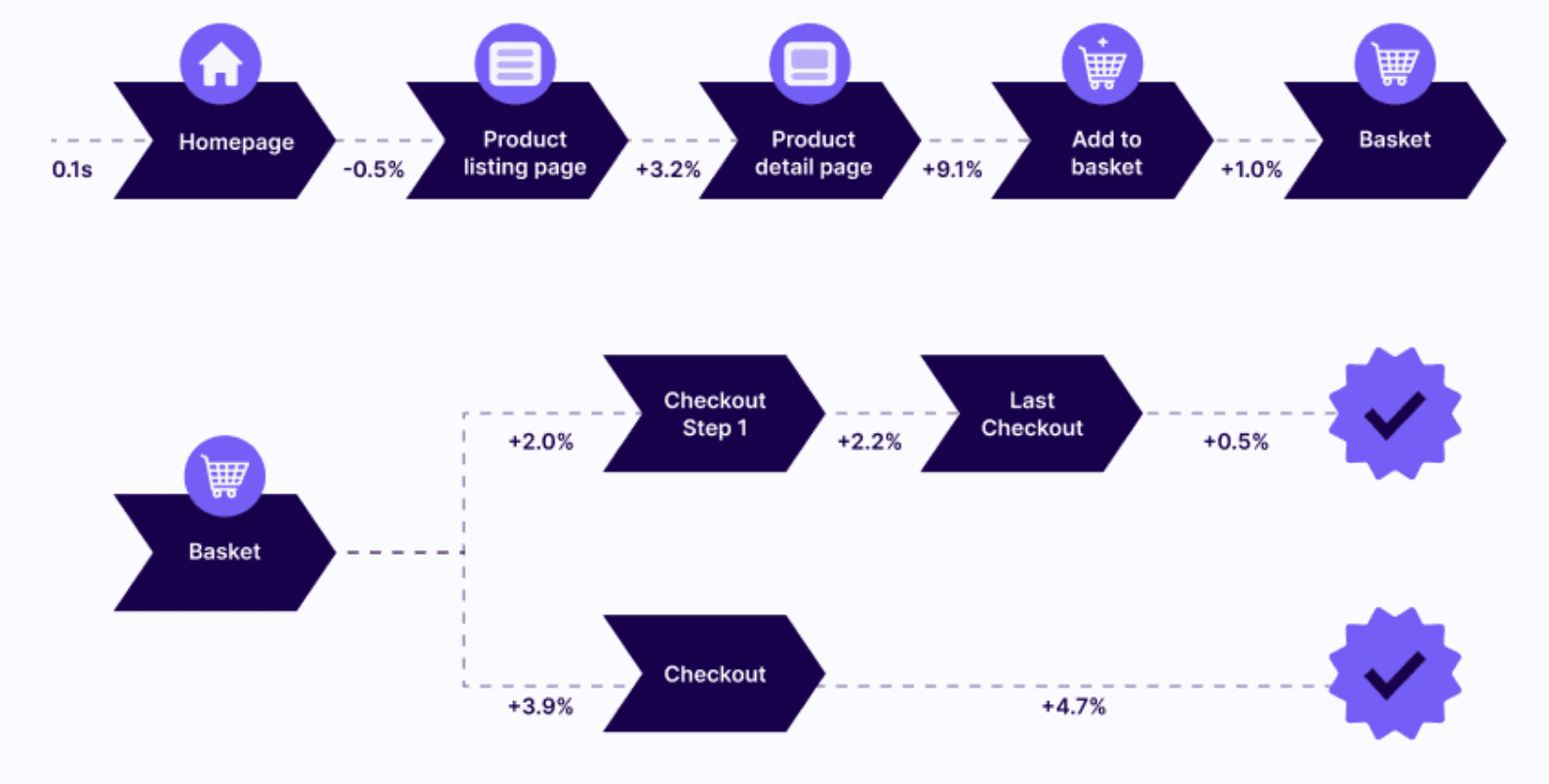
And when it comes to faster and better, no one does it quite like Google.
In 2019, the Chromium team introduced the first standardized system to measure user experience—Core Web Vitals.
Google's Core Web Vitals are a set of three performance metrics—Largest Contentful Paint (LCP), Interaction to Next Paint (INP), and Cumulative Layout Shift (CLS)—used by business owners to analyze how users experience their websites.
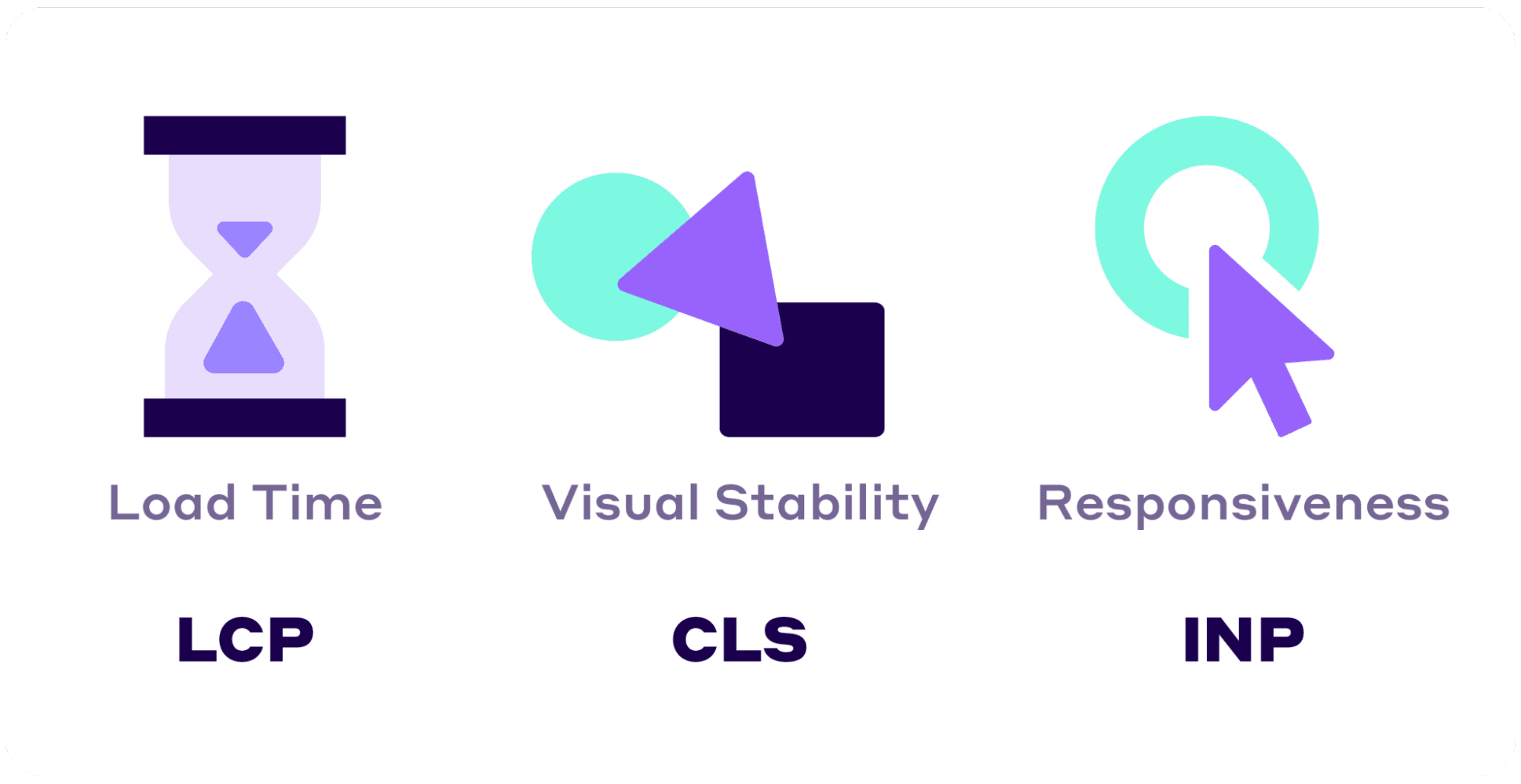
As of 2024, Google processes 6.9 billion daily search queries using global AI technologies. The company recently released substantial improvements to its Speculation Rules API, which allows site owners to use predictive AI to preload entire pages in the background before users even click on a link.
Thus, the beginning of near-instant browsing experiences.
To capture the magnitude of the recent advancements, have a quick look at where the site speed optimization industry is now.
Traditional approaches to site speed optimization
As a website owner, you can currently leverage powerful optimization technologies, like:
Image optimization
This method involves reducing the file size of images used on a website while preserving their visual quality. Image optimization tools and plugins employ compression algorithms to remove redundant data from images without compromising their appearance. Other techniques include resizing and selecting the appropriate file format (JPEG, PNG, GIF) based on the content of the image.

Minification
Minification involves removing unnecessary characters from code files (HTML, CSS, JavaScript), such as whitespace, comments, and line breaks, reducing their file size. This process helps to streamline code delivery and improve loading times.
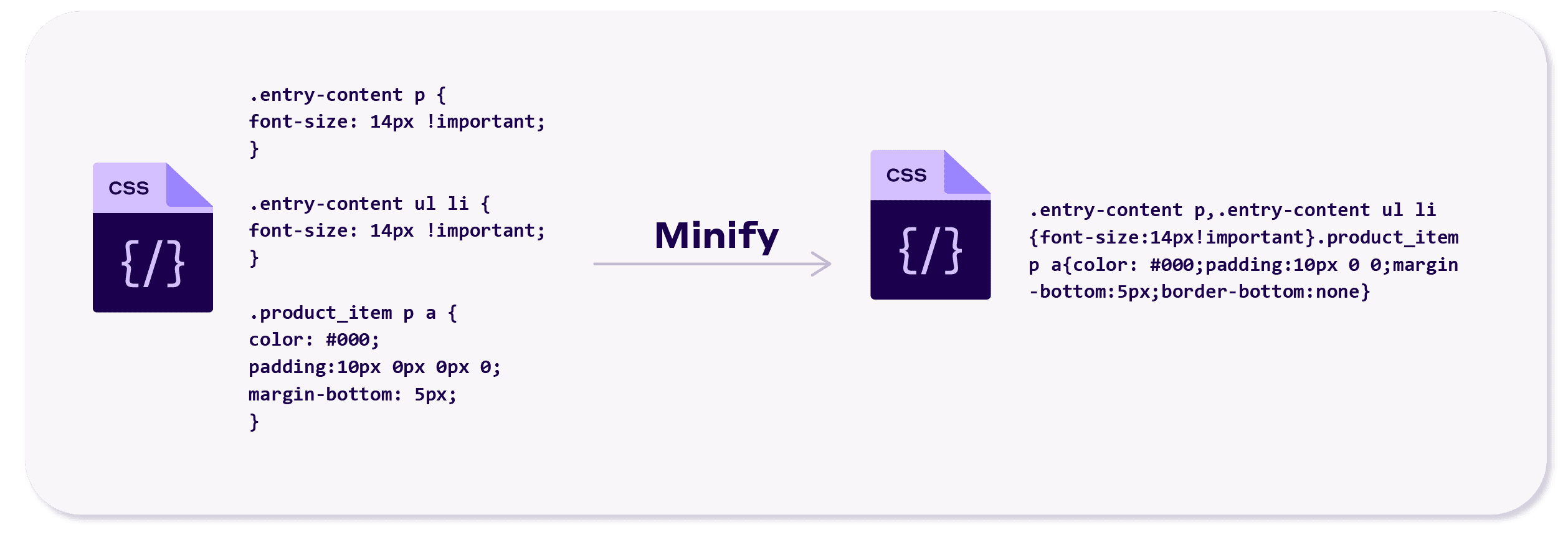
Caching
Caching stores copies of web pages, images, and other static content on a server or user's device, allowing for quicker retrieval and delivery of content on subsequent visits. This reduces the need for repeated requests to the server, resulting in faster loading times. Technologies used include browser caching, server-side caching (e.g., Redis, Memcached), and Content Delivery Networks (CDNs).
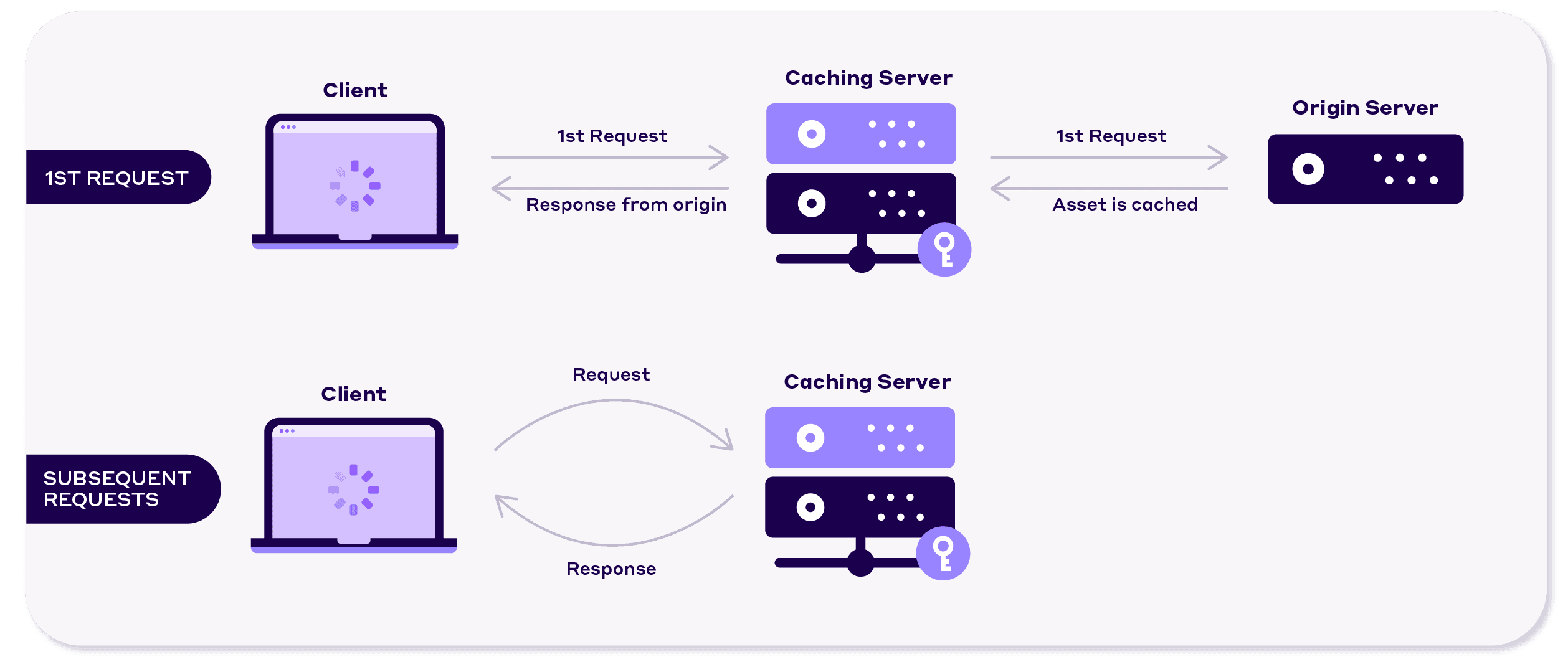
Content Delivery Networks (CDNs)
CDNs distribute website content across multiple servers located in different geographical locations. When a user requests content, the CDN delivers it from the server nearest to them, reducing latency and improving load times. This approach leverages caching and network optimization techniques to enhance performance. Technologies used include CDN providers' infrastructures and edge caching mechanisms.
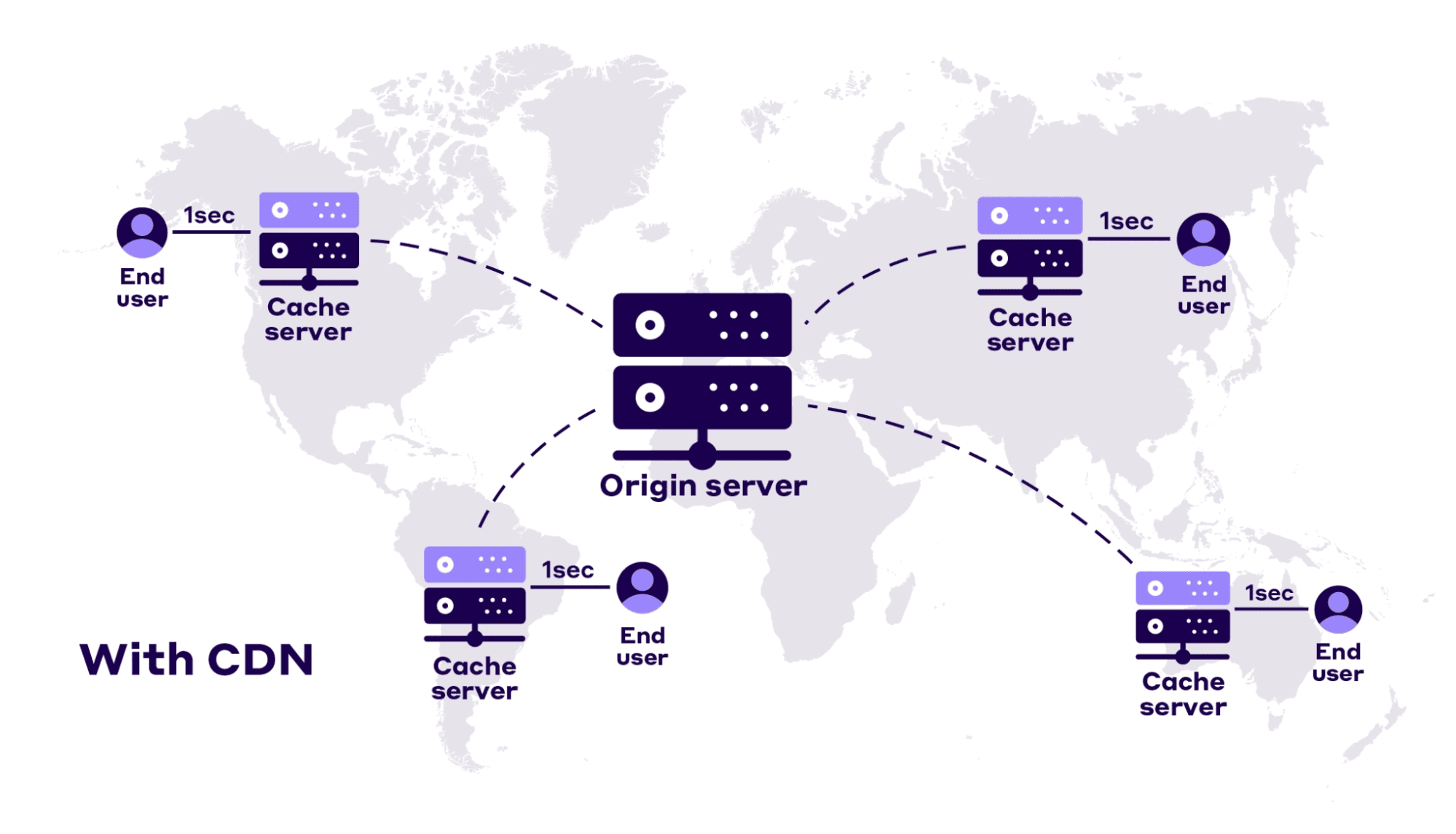
Server-Side optimization
Server-side optimization involves optimizing server configurations, databases, and code execution to improve website performance. This includes techniques such as server-side caching, database indexing, code optimization, and reducing server response times. Technologies used include server software (e.g., Apache, NGINX), database management systems (e.g., MySQL, PostgreSQL), and server-level optimization tools.
Lazy loading
Lazy loading delays the loading of non-essential content (e.g., images, videos) until the user scrolls to the part of the page where it's needed. This helps prioritize the loading of critical content first, improving initial page load times and perceived performance. Technologies used include JavaScript libraries and browser APIs.

Overall, traditional site speed optimization techniques aim to deliver fast-loading web pages to enhance user experience, increase engagement, and improve business conversion rates.
However, they often require manual intervention and ongoing maintenance to ensure optimal performance.
This is where AIO comes into play—trailblazing to a more intuitive, user behavior-based performance optimization.
What is AIO exactly?
Artificial Intelligence Optimization, also known as AIO, is a new approach to website optimization that leverages AI technology to improve user experience, business results, and overall page loading speed.
It's an advancement in the world of site speed and performance optimization, allowing site owners to offer near-instant browsing experiences to their visitors.
Quick overview website AIO technologies
Currently, there are several AI technologies used for optimizing websites:
Deep Learning: Integral to websites for recommendation systems, personalized content generation, and image recognition, deep learning analyzes user preferences to power recommendation engines. It enhances engagement by tailoring content and enables features like visual search, improving user experience.
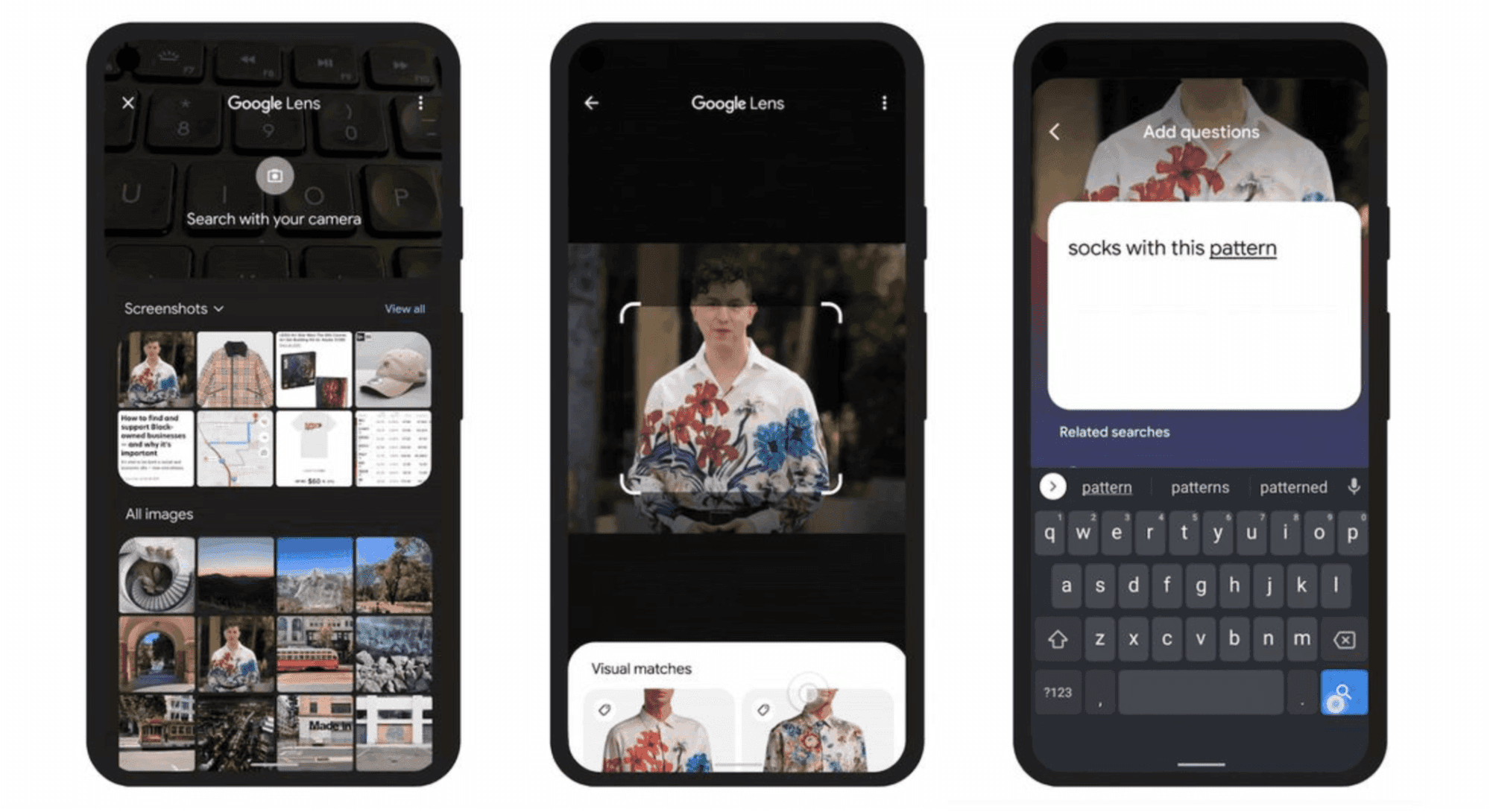
Natural Language Processing (NLP): Enhancing user interactions, NLP equips websites with chatbots, sentiment analysis, and language translation. Chatbots engage in natural language conversations, sentiment analysis gauges feedback sentiment, and language translation caters to a global audience.
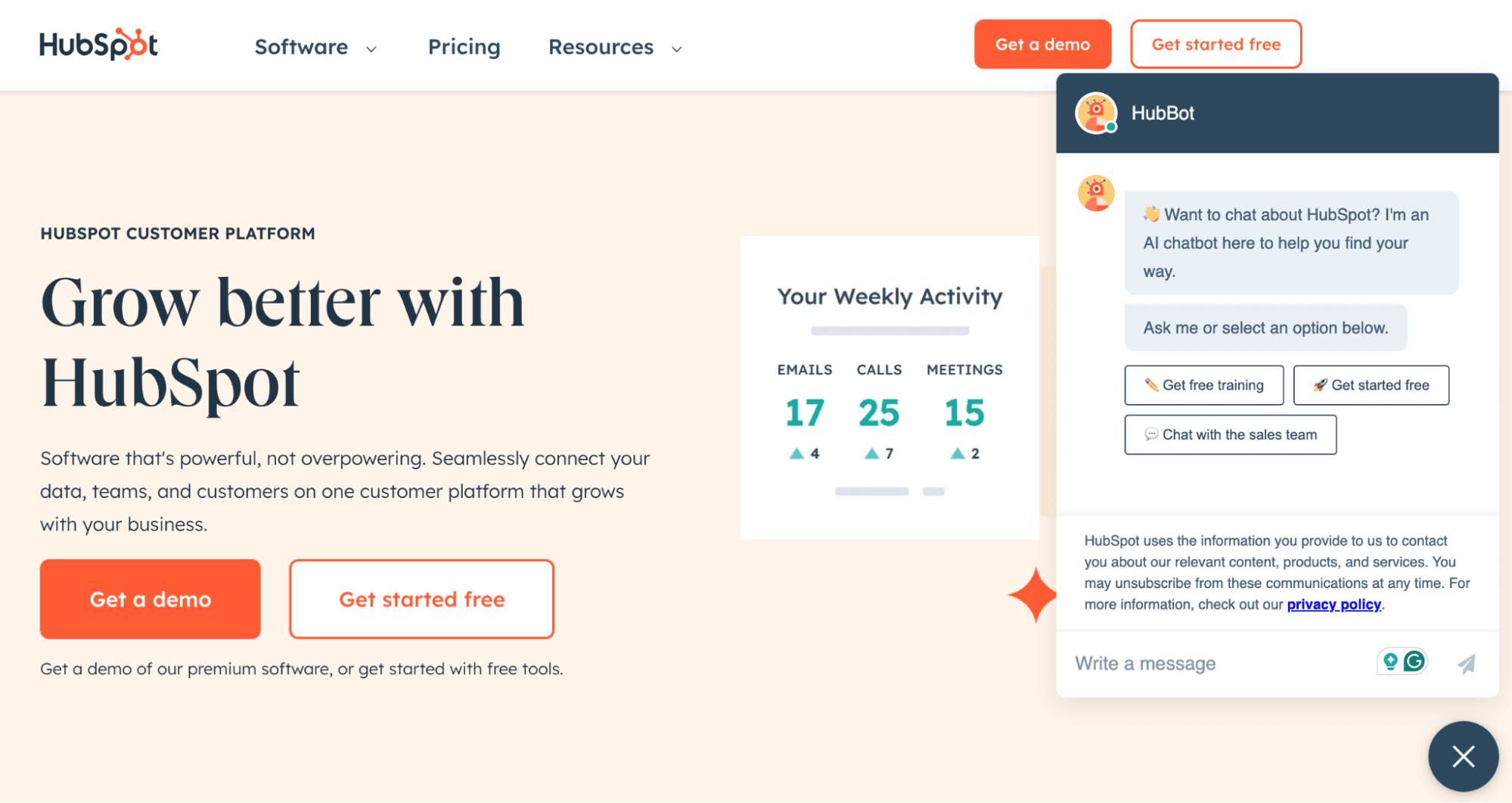
Computer Vision: Integrated for visual search, image recognition, and augmented reality, computer vision improves search accuracy and automates image tagging. It also offers immersive experiences through augmented reality, enhancing user engagement.

Reinforcement Learning: Dynamically adjusting website layouts, content recommendations, and promotional offers based on user interactions, reinforcement learning optimizes user satisfaction and conversions. For instance, it refines email marketing campaigns for better engagement.

Predictive Analytics: Forecasting user behavior, predicting trends, and optimizing marketing efforts, predictive analytics personalizes content and optimizes conversion funnels. This drives higher engagement and conversion rates by catering to user preferences.

Behavioral Analysis: Identifying high-performing content, navigation paths, and product recommendations, behavioral analysis informs A/B testing and optimization of design elements. It also enables targeted marketing campaigns by segmenting users based on preferences and behaviors.
5 AI tools improving site speed and engagement in 2026
Currently, site owners can employ several AI technologies that are developed to enhance user experience and conversion rates by rethinking traditional site speed optimization processes:
1. Predictive loading
Predictive loading leverages AI to anticipate user clicks, preloading pages and assets before users take action. In 2025, this means instant browsing experiences, faster LCP, and higher engagement rates.
By understanding usage patterns and drawing from the current user journey, AI can predict user navigations and preload the next pages in advance, sparing users from unnecessary delays. This technique positively impacts performance metrics such as Largest Contentful Paint (LCP) and Time to Interactive (TTI).
2. Automated content delivery optimization
AI-driven tools automatically resize and compress large images and videos without sacrificing quality. Some advanced solutions can adjust the resolution based on screen size and network conditions, ensuring optimized media delivery to every user. By optimizing media content, this technique improves page load time, reduces server load, and boosts user engagement.
3. Real-time performance monitoring
AI tools continuously monitor website performance, detecting issues as they happen. By analyzing data in real time, AI can make instant improvements like adjusting cache settings, reallocating resources, and optimizing content delivery based on current load and user behavior. This technique positively impacts performance metrics such as server response time, Time to First Byte (TTFB), and overall website availability.
4. Code optimization
AI analyzes website code to identify and eliminate redundancies, reduce HTTP requests, and prioritize critical resources for faster loading. By optimizing code structure and dependencies, AI ensures a more efficient website experience. This technique positively impacts performance metrics such as page load time, rendering time, and overall website responsiveness.
5. Sophisticated caching
AI goes beyond traditional caching methods, making smart decisions about what content to cache and for how long based on user behavior. This dynamic caching approach ensures users receive updated content quickly, enhancing their browsing experience and guaranteeing a consistently high cache hit rate.
Ready to slash load times in 2026? Transform your website with Navigation AI and deliver instant speeds today!
Navigation AI is an AI-enhanced web optimization tool that anticipates and analyzes user behavior to predictively prerender entire pages during the browsing journey before they even click on a link.
This technology enables site owners across all platforms to provide instant browsing experiences on desktop and mobile devices, ultimately boosting customer engagement and increasing conversion rates.
Navigation AI works by leveraging the Speculation Rules API to first apply AI-powered initial predictions on page load based on historical data. Next, it analyzes user behavior, adjusts the predictions, and instructs the Speculation Rules API to prerender a page once we’re sure what the next action will be.
Here are the improvements Navigation AI is showing so far:
Web pages using Navigation AI consistently show a load time of 2.86s VS 6.12s without Navigation AI.

Prerendered pages show an 85% improvement in LCP (from 3.1s to 0.4s) and an 80% improvement in CLS (from 0.3s to 0.06s).
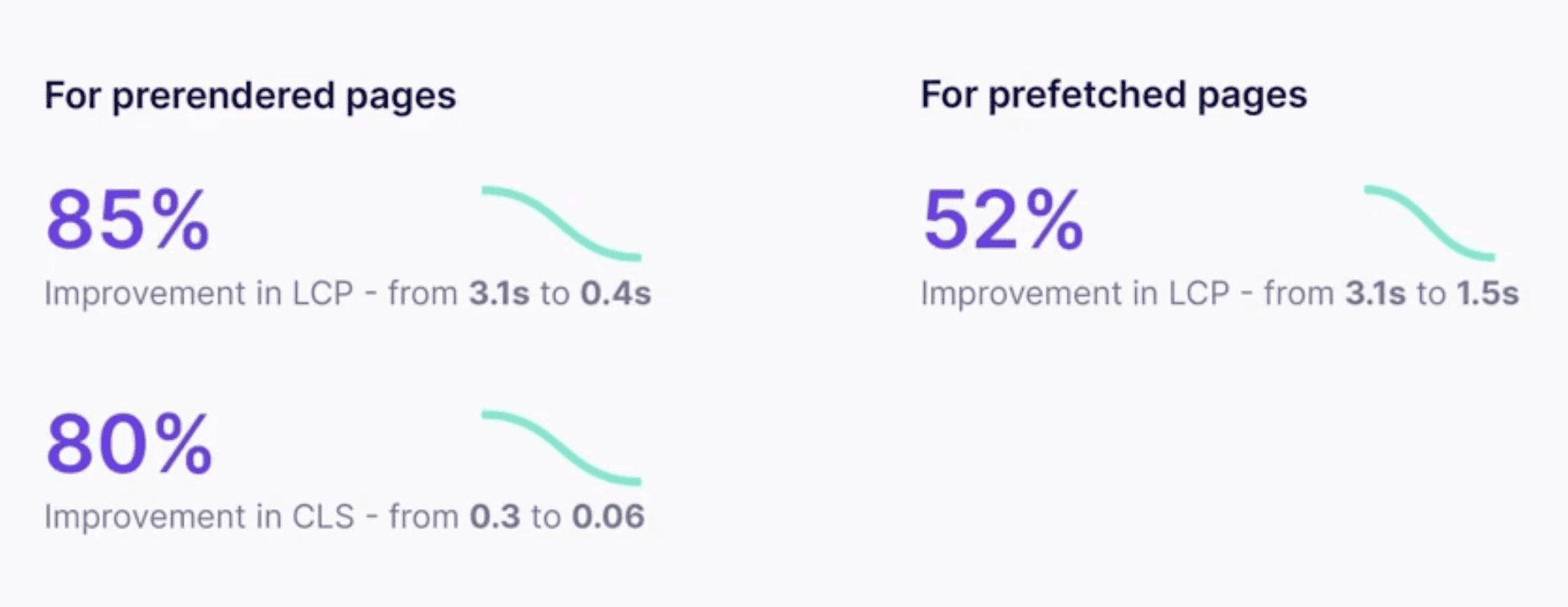
With Navigation AI, performance metrics for the entire website improve significantly: LCP by 15%, CLS by 8%, and TTFB by 26%
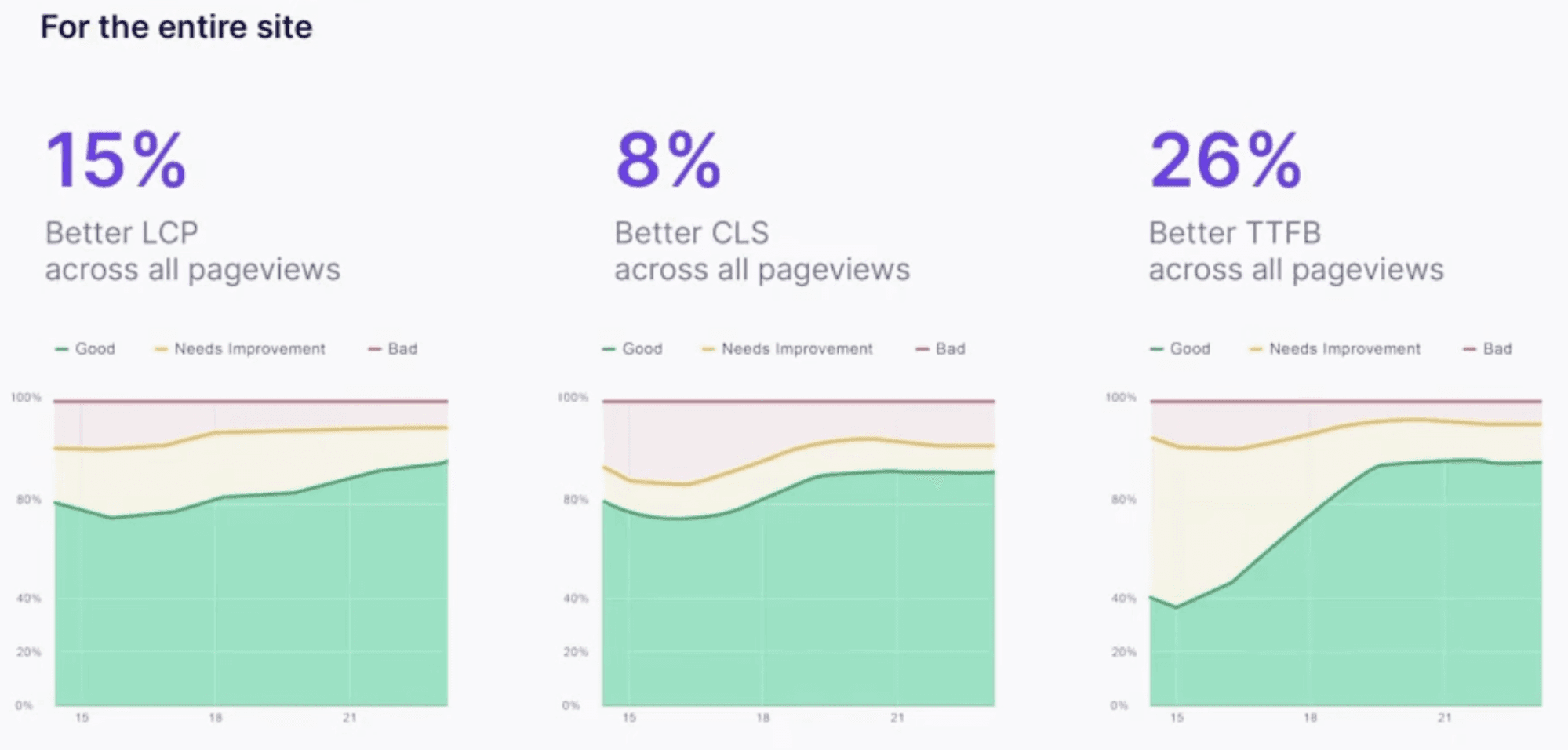

FAQ
How many people use AI?
AI-powered voice assistants are used by 97% of mobile users, and over 4 billion devices currently integrate this technology. Additionally, 40% of individuals use the voice search feature daily.
Which industry uses AI the most?
In 2025, retail and healthcare emerge as frontrunners in AI adoption, experiencing rapid growth driven by advancements in predictive analytics and augmented reality. The global AI market is projected to soar to $1.85 trillion by 2030, with professional services, financial sectors, and high-tech industries also leveraging AI to transform operations and enhance user engagement.
What is the difference between AI, Machine Learning, and Deep Learning?
AI is a broad field focused on creating systems capable of human-like tasks. Machine learning is a subset of AI where algorithms learn from data to make predictions. Deep learning is a specialized form of machine learning that uses neural networks to model complex patterns in data.
For over 8 years, Lora has crafted content strategies that enhance user experiences for SaaS companies across the CEE region. Collaborating with WordPress experts and the 2024 Web Almanac, she helps site owners bridge the gap between web performance and tangible business outcomes.
